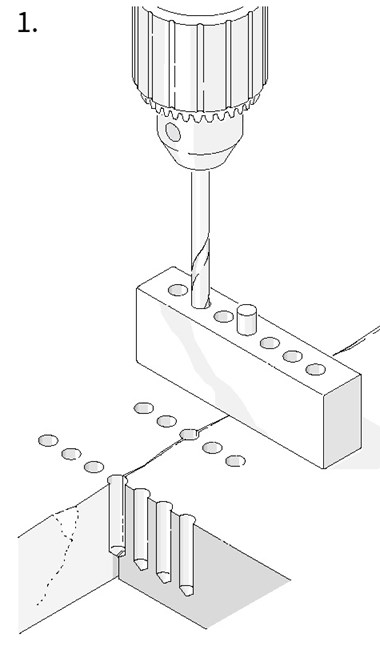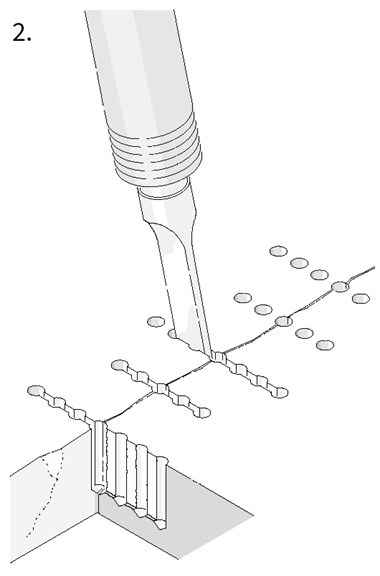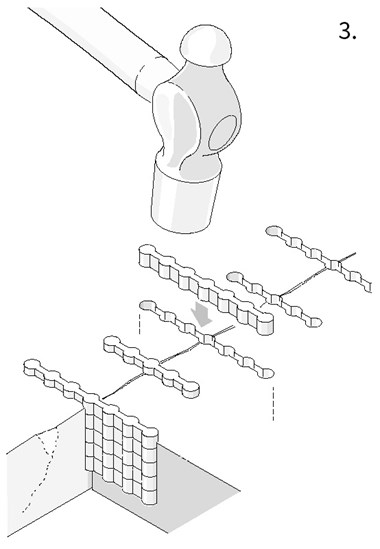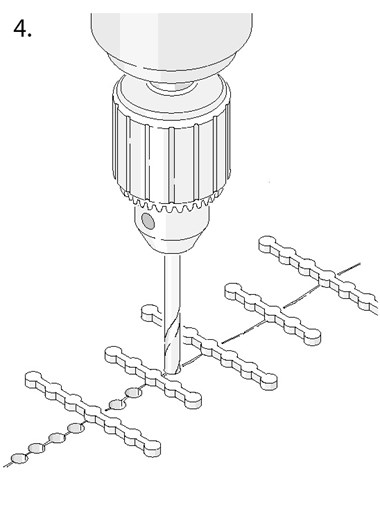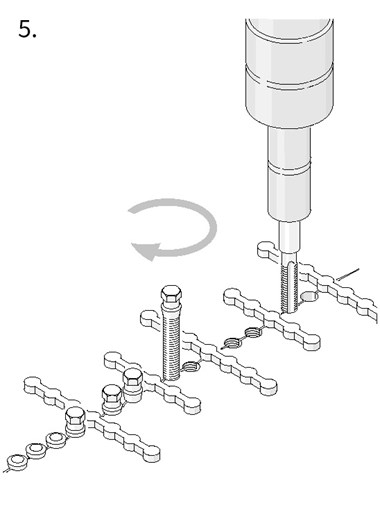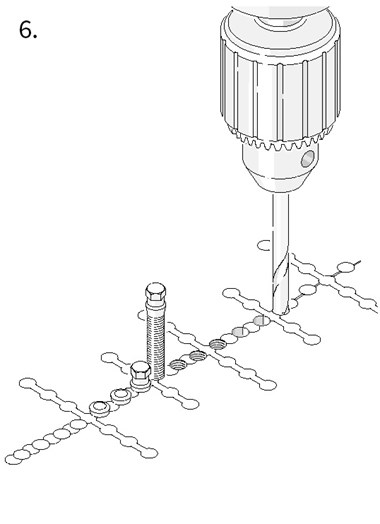Cast Iron Statuary
The construction methods, problems and conservation techniques specific to cast iron statuary.
Cast iron statues and decorative garden objects, such as urns, fountains and benches, became increasingly popular in England in the mid-19th century. They were sand cast and generally assembled using Roman joints with pins or screws. Cast iron objects and sculpture were generally painted to resemble other materials, such as stone or bronze, or embellished with colourful decorative schemes.
Common problems
Cast iron is strong in compression (when used for supportive columns, for example), but it can fracture easily.
Despite its brittleness, cast iron can be surprisingly resistant to corrosion, even if unpainted. Corrosion rates are far slower than those of wrought iron or steel, but the condition of cast iron should still be checked regularly. Any harmful corrosion is most likely to start wherever water has a chance to collect, such as around the base, construction joints and complex sculptural details.
Treatment and repair
Before any intervention, sample and analyse the existing paint to identify and record the original paint schemes; areas of sound historic paint need to be recorded and protected during cleaning.
Remove corrosion as soon as possible and investigate and remedy its cause.
Repairs can generally be made using either a special metal-stitching process or careful welding. However, the metal has to be warmed to avoid shock to the material, so welding is a delicate process that is not always achievable.
Metal stitching process
Please click on the gallery images to enlarge.
-
Next: Copper Electrotype Statuary
Construction methods, problems and treatment techniques specific to copper electrotype statuary.
-
Previous: Zinc Statuary
Construction methods, problems and treatment techniques specific to zinc statuary.
-
Back: Return to the contents list
Return to the list of pages about looking after metal statuary.

